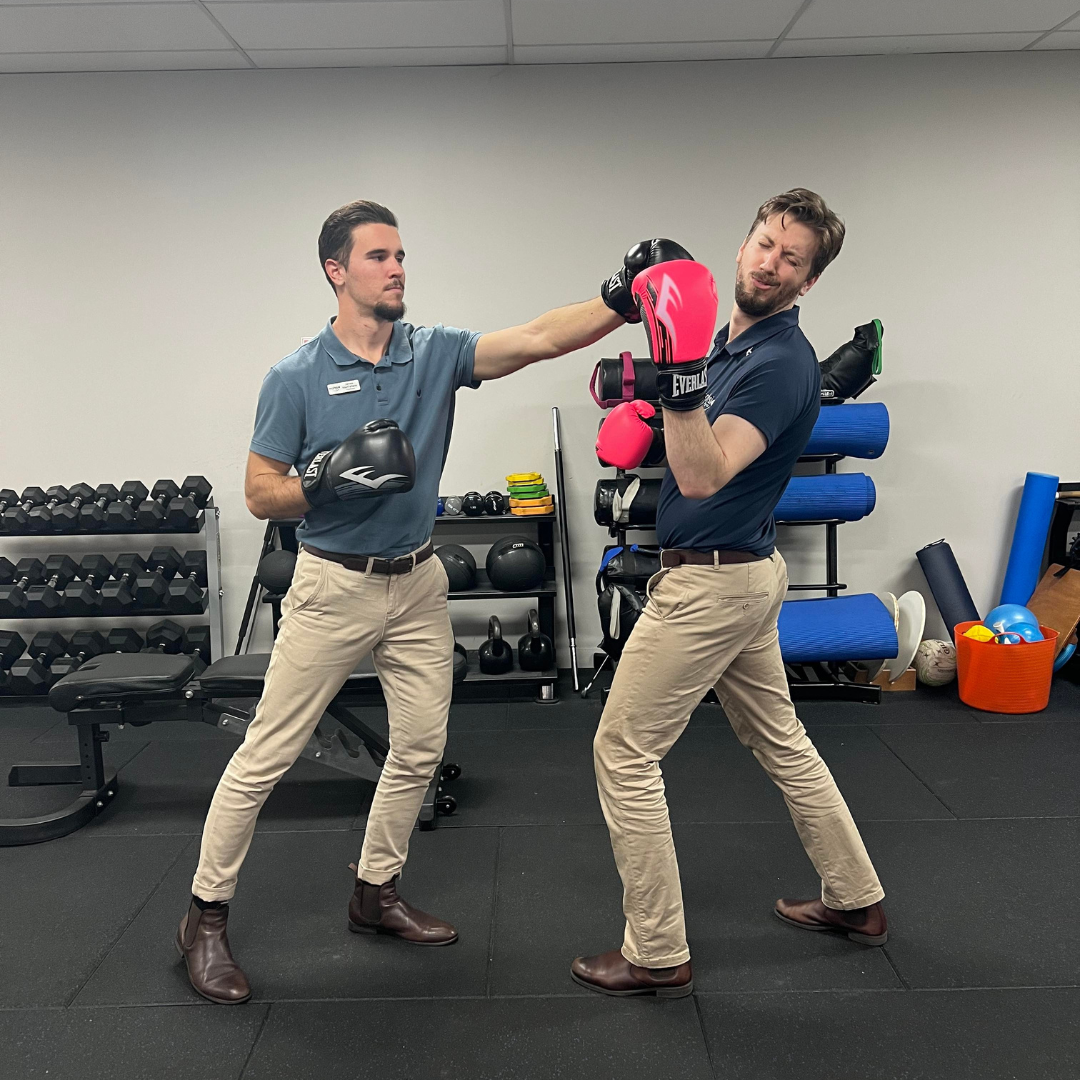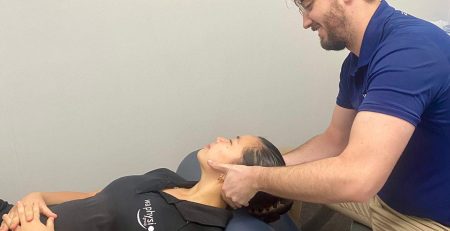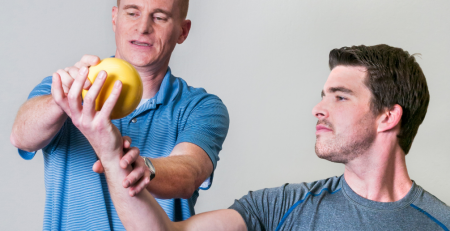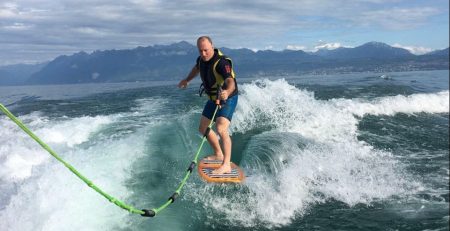Get your black belt in rehab!
Since starting martial arts in 2016 I’ve had my fair share of injuries, returning to a sport where someone is trying to hurt what you’re trying to rehab has its own unique challenges.
My list of injuries includes locked jaw, various neck pains, very disabling shoulder pain (couldn’t move it at all for 3 days), meniscus tear in my knee and more minor problems that I’ve forgotten. That is what MMA, kickboxing and Brazilian Jiu Jitsu will do to you. While it sounds dangerous, I would argue sports like Rugby and AFL present a far higher injury risk.
While each injury will have its own specific rehab, I thought a general structure of how to return to martial arts could be helpful to guide the journey.
Gym:
Weights in general are good to build up strength of the injured area and to start testing out the limits of your injury.
Cable machines or resistance bands are great tools to replicate techniques and positions. You can add forces from all sorts of directions to replicate the force an opponent might exert on you.
Kettlebells are useful for more intense exercises such as replicating doing rounds of sparring with a circuit. Choose 3-5 exercises to do 2-3 minute rounds with.
Drilling, technique, and forms:
Practicing certain techniques and sequences is good to see how your injury deals with the real positions, movements, and postures you find yourself in. Starting off slow, being specific with each part of a sequence and getting in the reps will let you know if there is anything that your injury isn’t ready to deal with.
If there are things that your injury doesn’t deal with then assessing it with your physio or coach will be useful to find what still needs to be addressed.
Sparring:
The final part of rehab is getting back to sparring, this is usually where the main danger is as things are happening faster, less predictably and with less cooperative training partners.
I like to get people starting with positional sparring where you choose a position or situation to start and then reset when either you or your training partner has completed a technique, escaped a position, or got to a submission. Make sure you choose someone you trust!
Explore different situations, intensity and eventually work yourself into more normal sparring. Feel free to tell people about the injury and if there’s any situations to be careful in.
Author

Rourke Moynihan
Senior Physiotherapist
Rourke is a graduate of the University of Notre Dame with a Bachelor of Physiotherapy.
Rourke has recently joined the team at Bassendean Physiotherapy after working at private physio practices in Perth and also when travelling around Australia, which has included stints in practices in Tasmania and Arnhem Land. Adding to his experience, he has had the opportunity to work with various sporting teams, including Perth Heat Baseball, East Perth Football Club and the AFL WA Women’s State Football team.
Outside of work, Rourke is involved in a number of sports including cycling, hockey and rowing.
More recently he has taken up Brazilian Jiu Jitsu and enjoying the opportunity to personally test his own rehab methods.
Special Interests:
- Foot/ankle
- Knee
- Headaches
- Rourke is also qualified in Dry Needling and Pilates.










